By Philip Cauchi
This session is designed towards improving the team’s collaboration during the build-up phase. High levels of communication between the different lines and sectors of the team are highly required for a successful outcome. The players are put in situations that are challenging and which requires them to perceive, select and execute the best solutions rapidly.
Session No: 4 of 4.
Session title: Develop communication between different lines and sectors of the team.
Total duration: 90 minutes.
Moment of play: Team in possession.
Team task: Attack build-up.
Style of play: Dominating possession.
System of play: 1-4-3-3.
Theme: Build-up play.
Aim: To create scoring opportunities through constructive build-up play.
Key performance outcomes:
1. Depth and height created by the central defenders and the strikers respectively.
2. Width in attack created by the full backs or lateral midfielders.
3. Staggered passing angles in midfield (6, 8 and 10) and on the flanks (2 and 7 and 3 and 11).
4. Rotation of positions to create and exploit space.
5. Look to play the vertical pass whenever possible.
6. Stance to receive the ball.
7. Quality of pass.
Equipment:
Balls (large supply)
Mini goals (four – two for each setup).
Bibs – 9 yellow and 4 red.
Warm-up: Movement preparation and quick circulation rondo.
Targeted outcomes: 1, 3, 4, 6 and 7.
Duration: 25 minutes.
Players: Groups of four.
Area: 30 yards by 20 yards.
Description: Start with a ten minute movement preparation where the players perform various dynamic activities and injury prevention routines that involve proprioception. At the end of these ten minutes have the players pass the ball and perform fast runs of ten meters after passing the ball. This should take three to a maximum of five minutes. We then play a 6v4 rondo where the attacking players are assigned to their regular position. We have to keep in mind that the distances between the players are small and thus do not reflect the reality of the game. However, we do this exercise as a preparation for fast and quick combination play which requires the players to be focused and the nervous system to perform rapid movements. The players are thus required to continuously scan the area and adapt to the new positions of the ball, teammates and opponents with the aim of creating and exploiting the space needed to receive and play the ball rapidly.
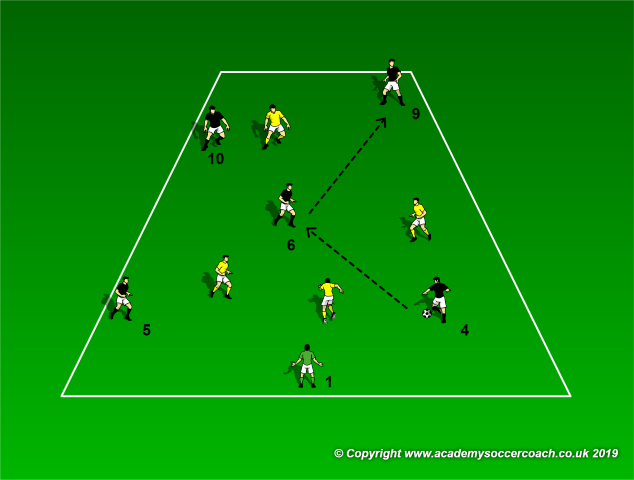
Figure 1 - 6v4 rondo with positional references
Strength in the duel: 2v2 line soccer.
Targeted outcomes: N/A.
Duration: 18 minutes – 2 x 8 minutes interspersed with two minutes of rest.
Work load: 2 sets x 6 reps x 20” with 80” rest in between reps and 2 minutes between sets.
Players: Two attackers starting from the blue markers and two defenders starting from the yellow markers.
Area: 20 yards in length by 15 yards in width.
Description: Attacker A1 passes to attacker A2 after the latter shows for the ball. As soon as the ball leaves attacker A1’s feet, the defenders (yellows) apply pressure. Both teams defend a line and attack the opposite (target line). After every repetition, the attackers swap positions so to experience attacking from a different angle. The defenders do the same so to initiate defending from a different perspectives. Players play one set as attackers and the next as defenders.
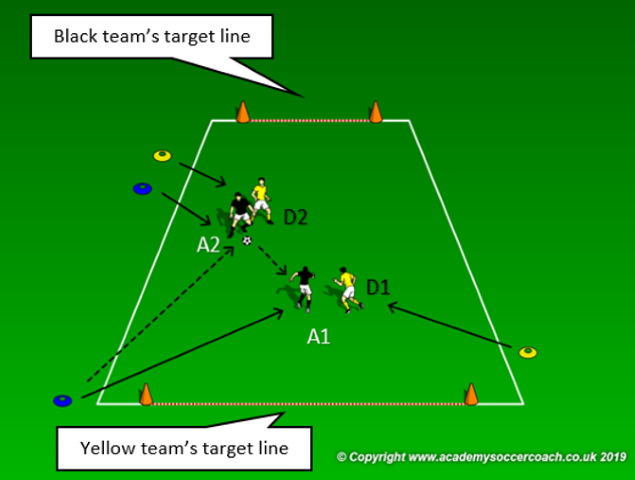
Figure 2 - 2v2 line soccer duel
Positional play game: 8v8+4 flank players.
Targeted outcomes: All.
Duration: 20 minutes – 2 x 9 minutes with two minutes rest in between.
Players: Two teams of six outfield players and a goalkeeper plus four neutral players. Both teams line up in a 2-3-1 formation with the neutral players as lateral players.
Area: 60 yards in length by 40 yards in width.
Description: Play is 7v7 with goalkeepers and the four neutral players on the flanks who play with the team in possession. Scoring is as normal, however the neutral players are not allowed to score, therefore more movement from the players in the middle channel is required in order to create scoring opportunities. At first play with the neutral players remaining on the perimeter. In the second series however, one of the neutral players on each flank may move towards the inside to create an overload while the other remains wide.
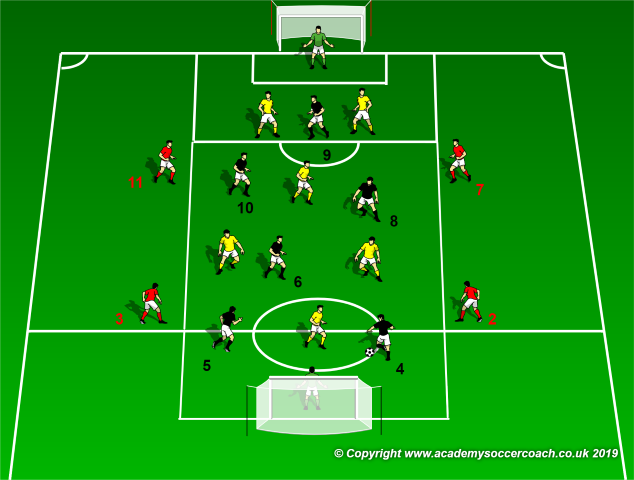
Figure 3 - Positional play with emphasis on creating options in the central part of the pitch for the build-up.
Game: Playing in numerical superiority and parity.
Targeted outcomes: All.
Duration: 25 minutes – 2 x 12 minutes with three minutes rest in between.
Players: The coached team (blacks) play as normal with 11 players against 8 of the opposition.
Area: 70 yards in length by 60 yards in width.
Description: Normal game but the attacking team must have the midfielders in the middle channel, a lateral midfielder in each of the half spaces and a full back in each of the wide channels. Our first focus is on the mobility of each lateral chain where we give our players two main options to create space on the flanks. The first one will be that if the lateral midfielder spins towards the outside, the full back cuts inside in the half space to attack depth (players 3 and 11). The other option is to have the lateral midfielder move towards the outside and remaining high while the full back moves into the half space as an inverted full back (players 2 and 7).
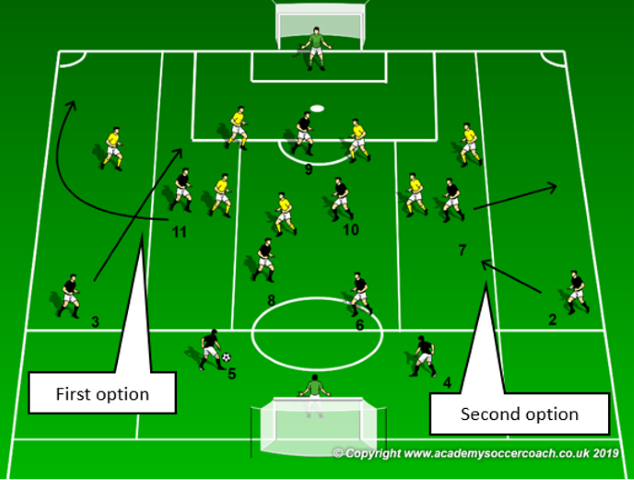
Figure 4 - Options created by different movements and positioning of the lateral chains.
We then progress the practice to play in a 10v9 where the opponents have an extra midfielder, thus playing in a 1-4-3-1 formation. Here we remove one of our central defenders and add a midfielder to our opponents. This should further challenge our midfielders to find space. We still have more space on the flanks as our 7 and 11 are positioned inside the half spaces. This creates options for our full backs to push high and engage the oppositions’ full backs in 1v1 duels. Another option will be as already shown in the previous page where the lateral midfielder moves high and wide aiming to stretch and create gaps in the back four, while the full back attacks the half space.
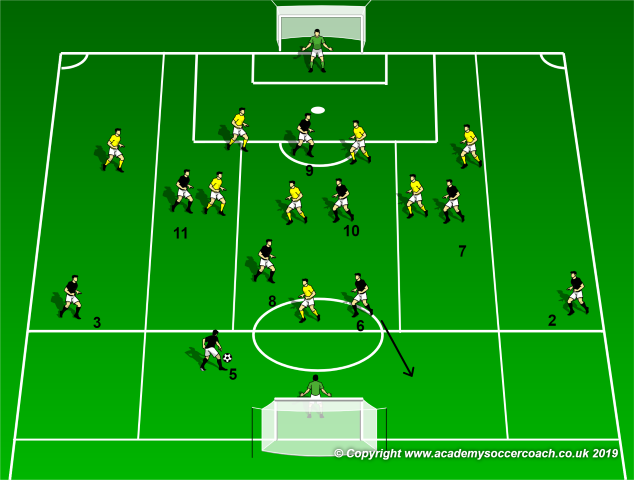
Figure 5 - Our defensive midfielder creates further angles and options in the initial stages of the build-up.
To further add to the complexity of the game, play in a more realistic setup and raise the bar for our players, we play in numerical parity. The game becomes more difficult for our players as now they have face a bigger challenge finding the needed space for the build-up.
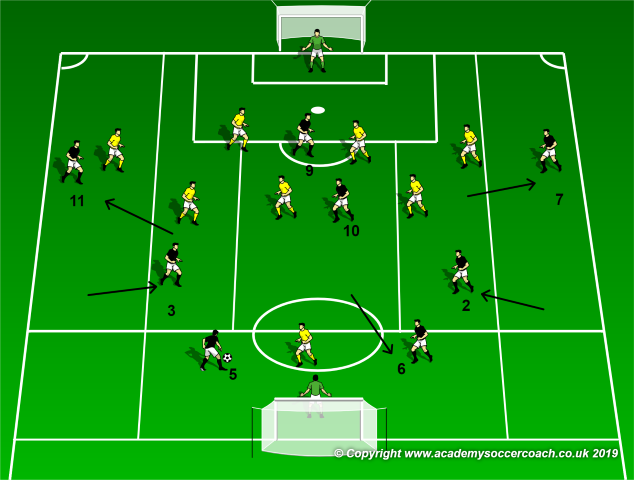
Figure 6 - Playing in a numerical parity by removing a midfielder, the number 8.
Conclusion: Light passing combinations in three and static stretching.
Duration: 10 minutes.
Juggling competition between groups as a cool down. End the sessions with static stretching exercises with particular emphasis on the glutes, hamstrings, adductors and hip flexors.
By Philip Cauchi


